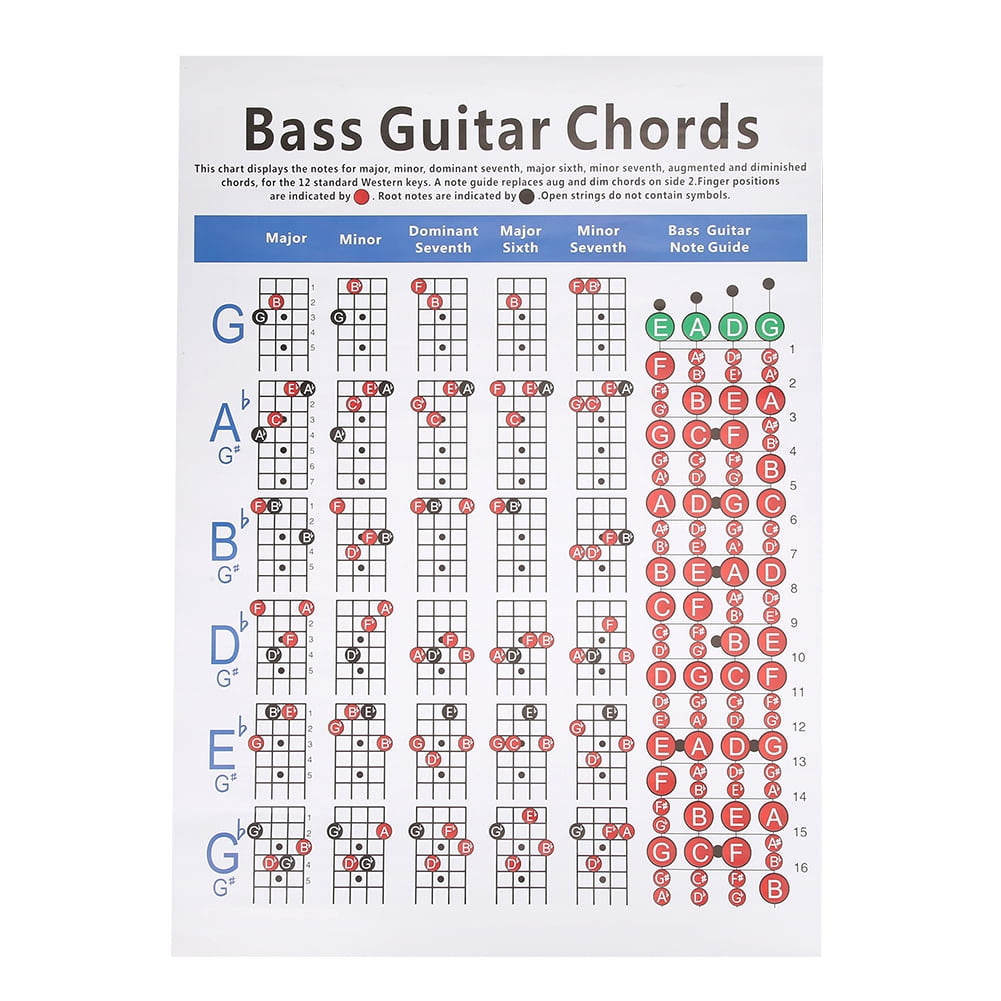
#Guitar tab notes play keyboard how to#
Once you know how to read music, and are good at it, it’s just a matter of learning how these relationships play out on the instrument you’re learning. This is one of the great aspects of understanding music theory and standard notation because once you know how to understand the theories and the common language that’s used for each instrument, you’ve essentially mastered the hard part. Whereas the C-chord looks like this on the piano: The same note can be played, in fact, a bunch of different times across the piano’s keys, but those C-notes are different in pitch.Īs long as you understand the notes of the chord, you can play that chord on any instrument, it’s just that the position of the notes is going to be mapped out differently depending on the instrument.įor instance, a C-chord can look like this on the guitar:

The lowest C note on the piano can’t be played on any other part of the piano at the same pitch. On a piano, however, the same note isn’t played twice at the same pitch. While this has certain advantages from a compositional perspective, it also has its drawbacks. The piano, on the other hand, is all the same across the entire keyboard, so all you have to do is memorize all the notes from Middle C to the next C, including the black keys, and voila! You’ve essentially memorized the keys all over the keyboard because it’s just repeated all across the keyboard (btw, here’s my guide on memorizing key signatures)Ĭonsequently, one of the primary differences between the piano and a guitar is the fact that the piano doesn’t have the same note on it more than once (check out my article for more differences).įor instance, the 7th fret of the A string on the guitar, is the same E-note as the 2nd fret on the D-string, the only difference is that it’s on a thicker/lighter string, so it sounds a little bit different, but the note itself, including the pitch, is fundamentally the same.

It takes a long time to actually memorize every note/fret on the guitar, because of the way that the strings are organized in comparison to each other.įor example, the strings are typically a perfect fourth apart from each other, with the exception of the G to the B string, which is a Major Third. It’s not like a guitar, which tends to be something of a labyrinth. The reason for this is what I mentioned above, the fact that the notes, scales, key signatures (more on this in my guide), and intervallic relationships are so easy to see when they’re spread out in front of you on an easy-to-see interface right in front of you. I find that composing songs on a keyboard/piano is actually far easier than writing a song on a guitar.īy the way, there are always deals going on in the guitar and music world, so here are some of my favourite courses and gear that are on sale right now: JamPlay The online E-Book video course, PianoForAll, is a great way of learning all of these relationships.įor that reason, many people argue that the piano – or the keyboard – is one of the greatest instruments to use for composition’s sake, and I agree. One of the great things about the piano is the way the notes, scales, intervallic relationships, and key signatures are spread out evenly across the keyboard, in a way that’s easy to see and easy to understand. The only difference is the way in which the notes of the chord are mapped out on the individual instrument.įor instance, a C Major chord is still a C Major chord (C-E-G), regardless of the instrument it’s played on, the only difference is how it’s played, rather than the actual chord itself. Yes, guitar chords can be used for piano, because the musical structure of chords is the same regardless of the instrument.


 0 kommentar(er)
0 kommentar(er)
